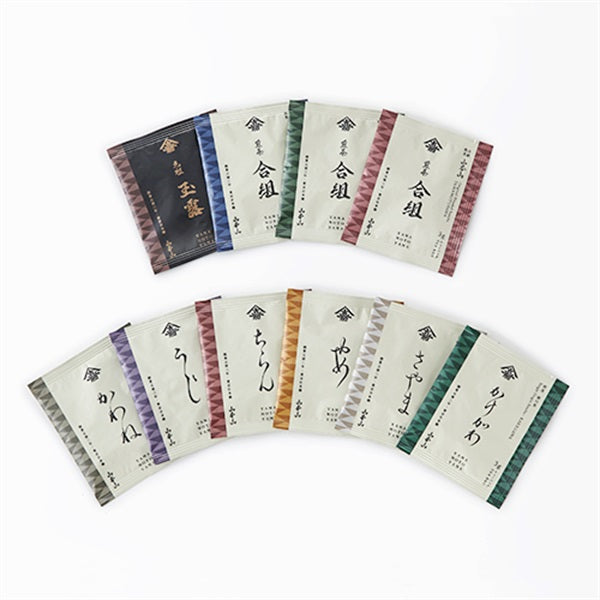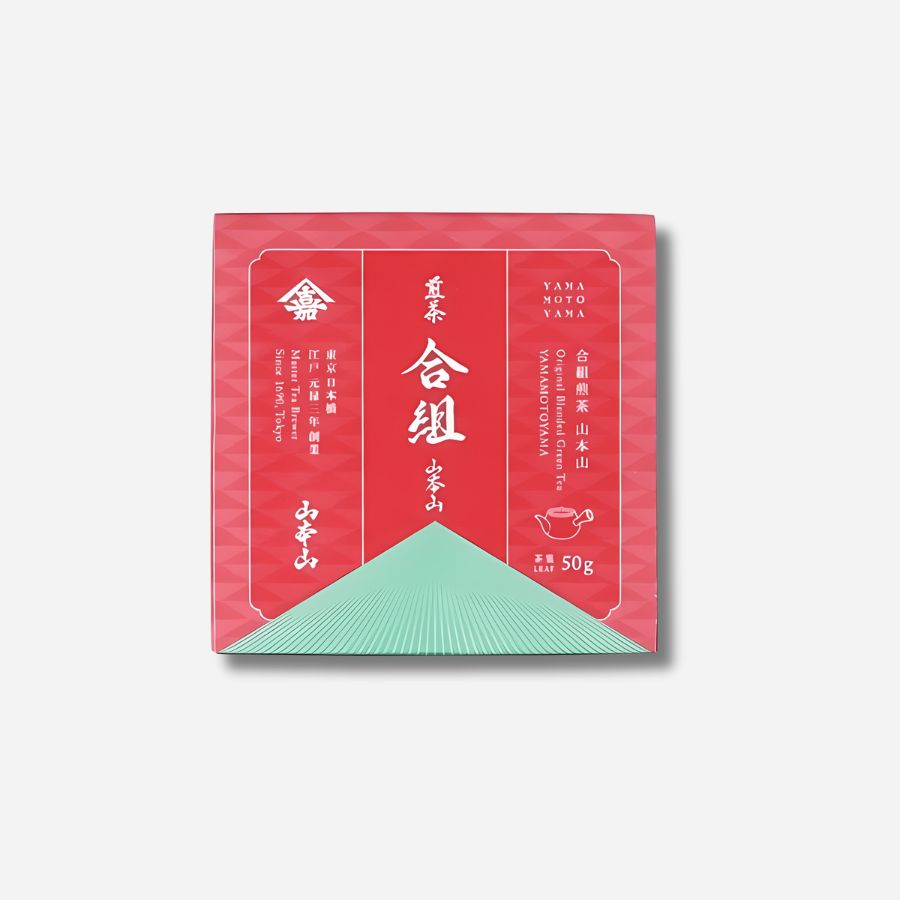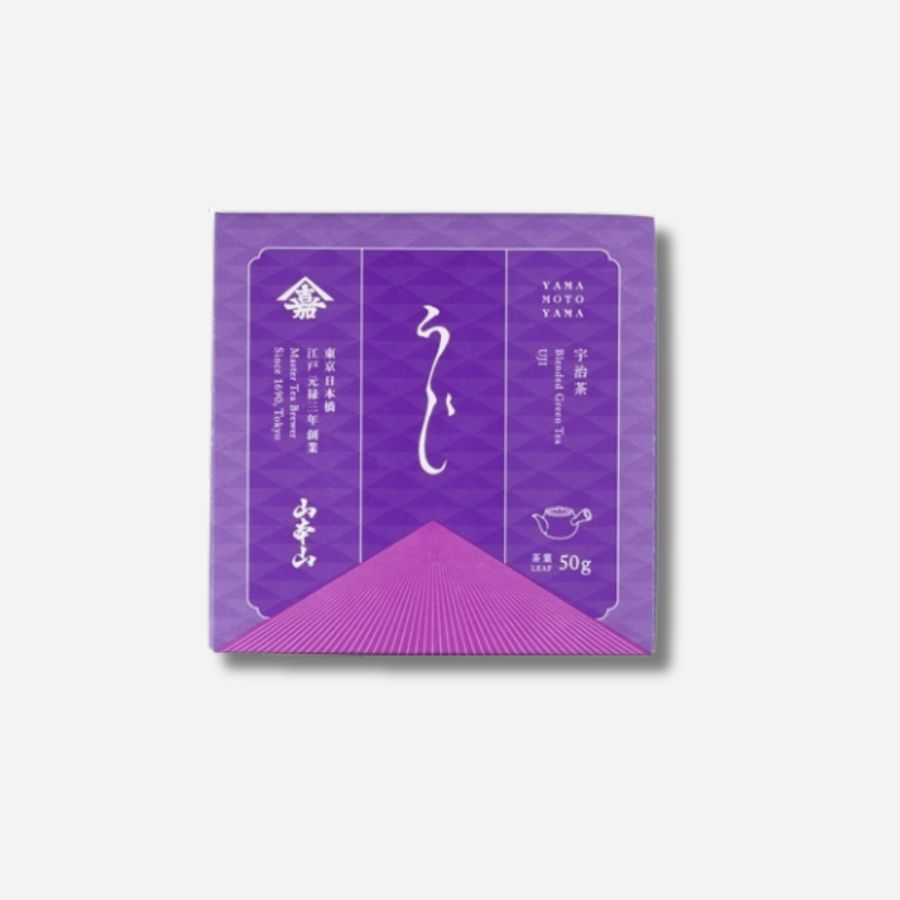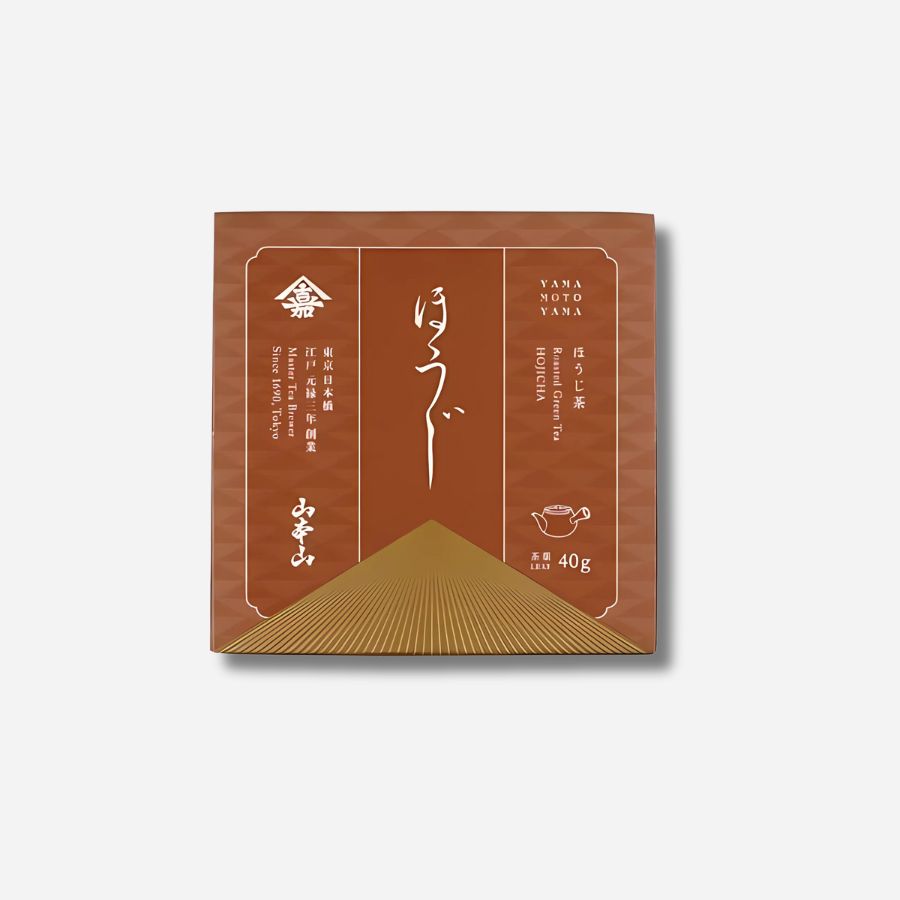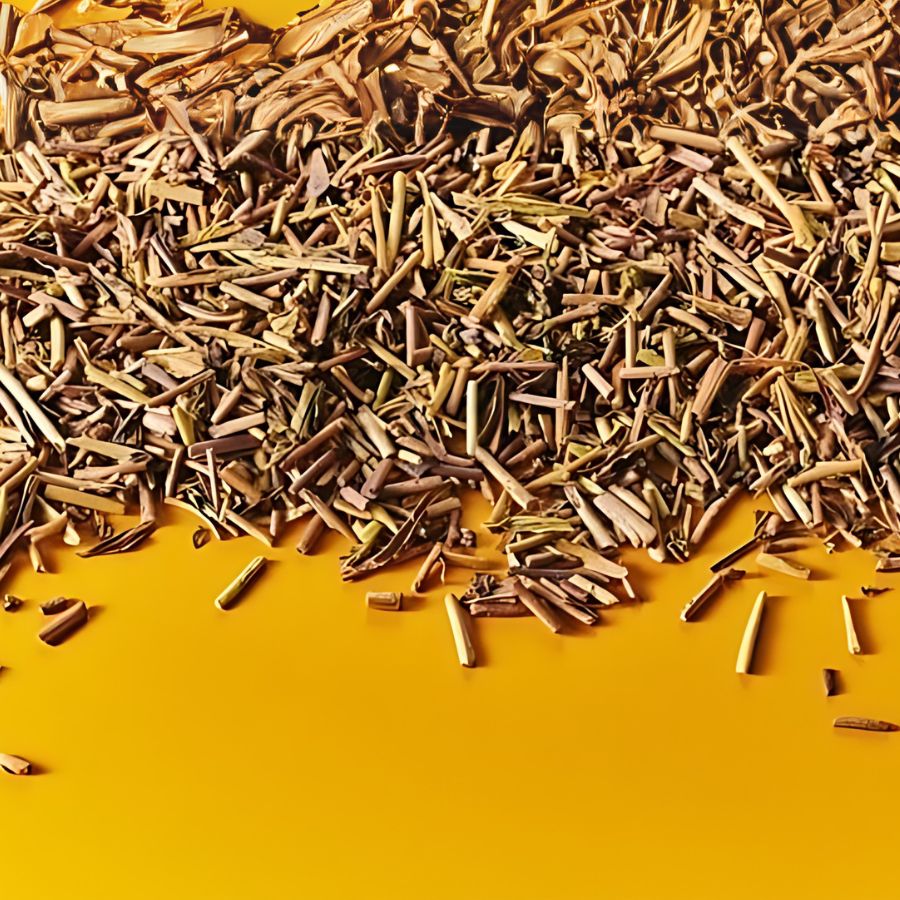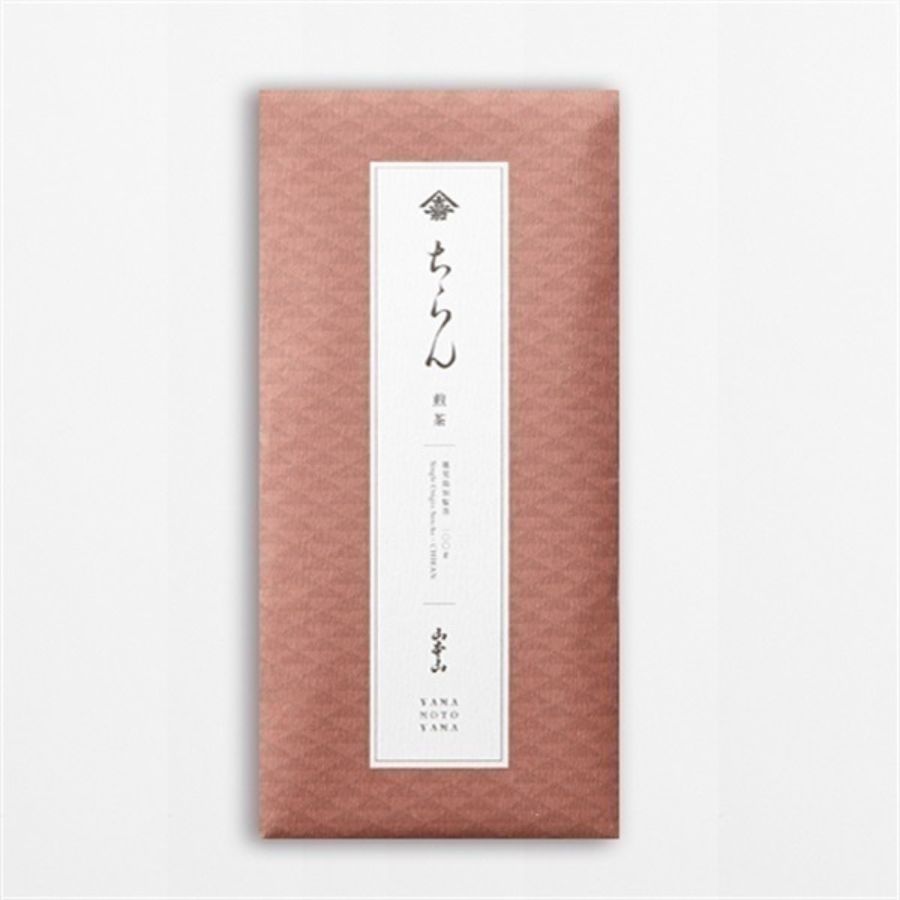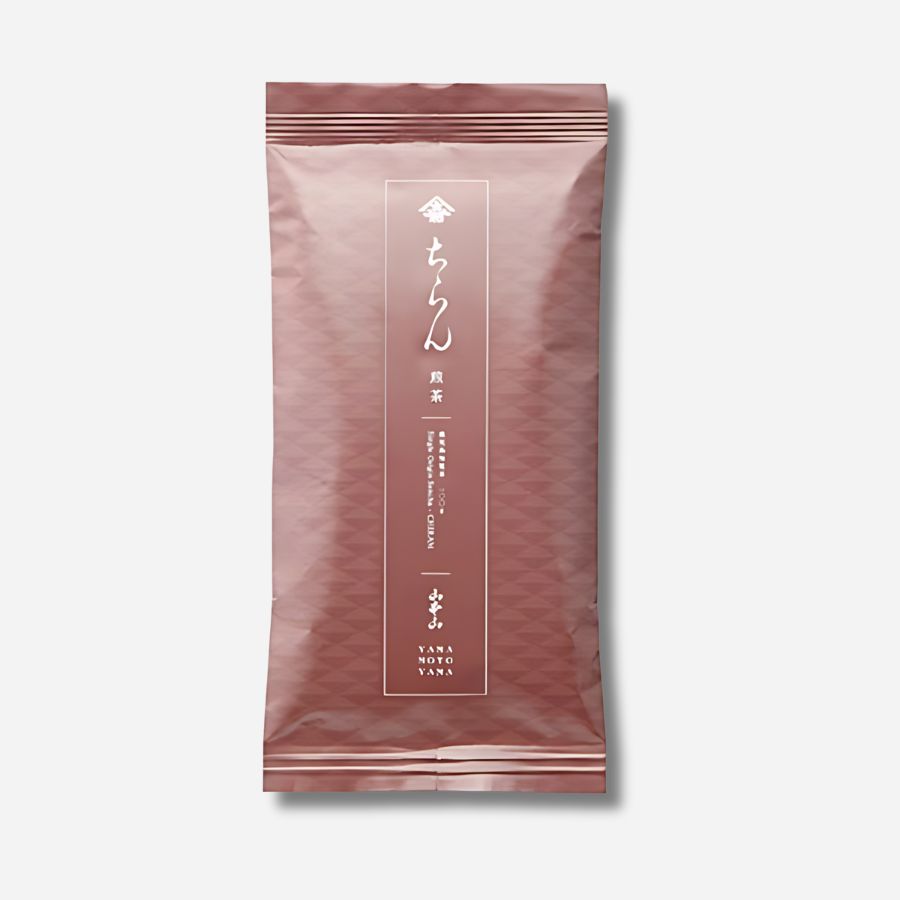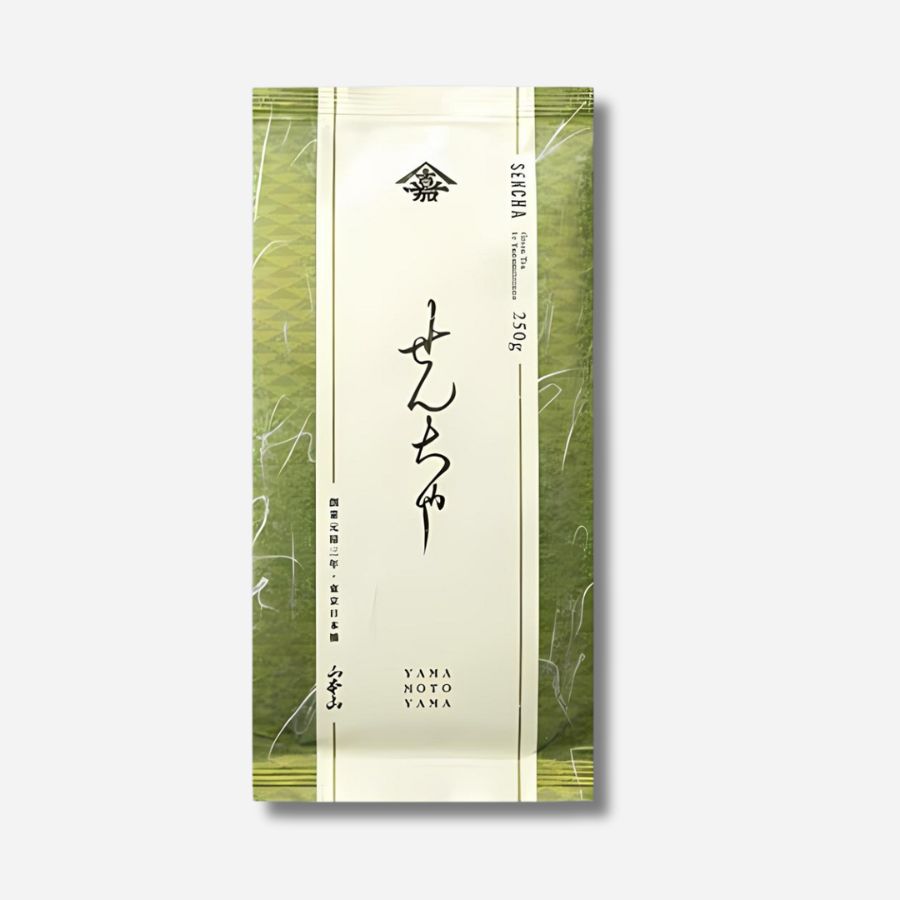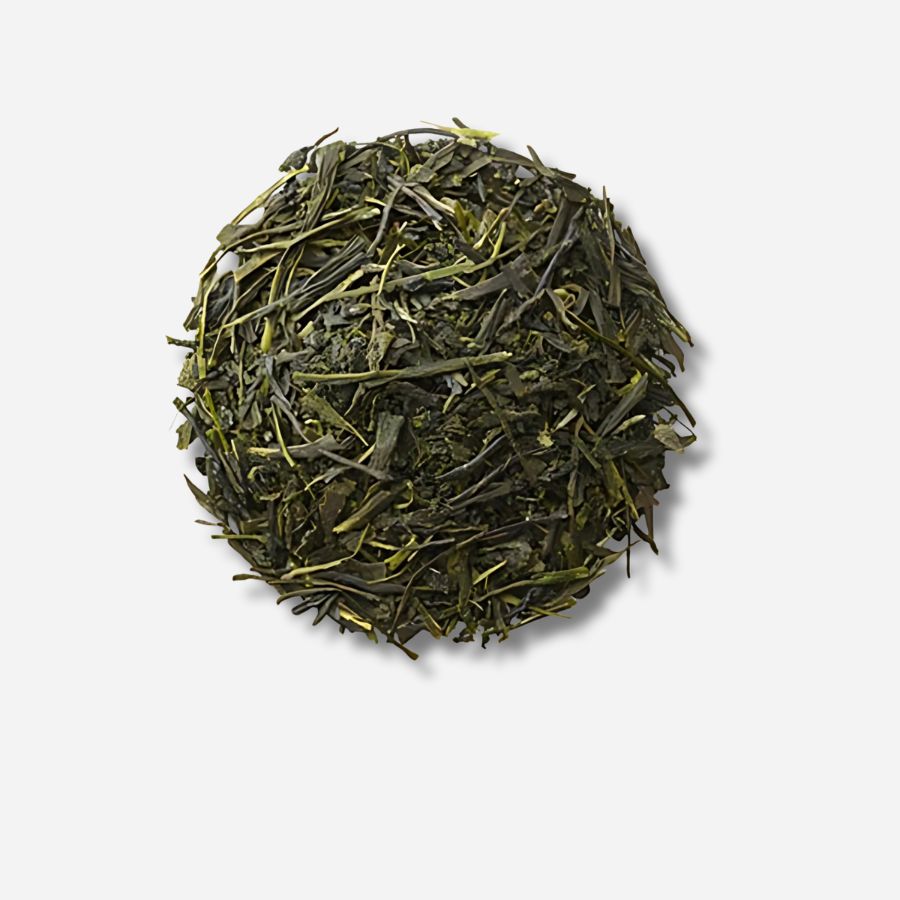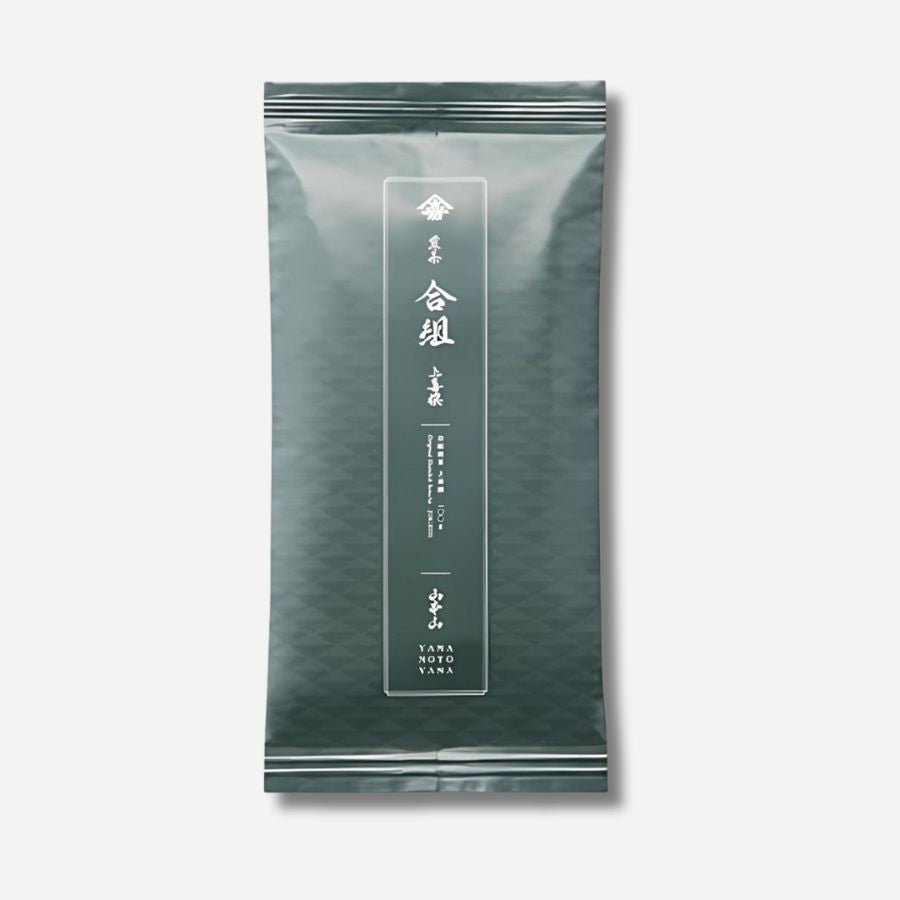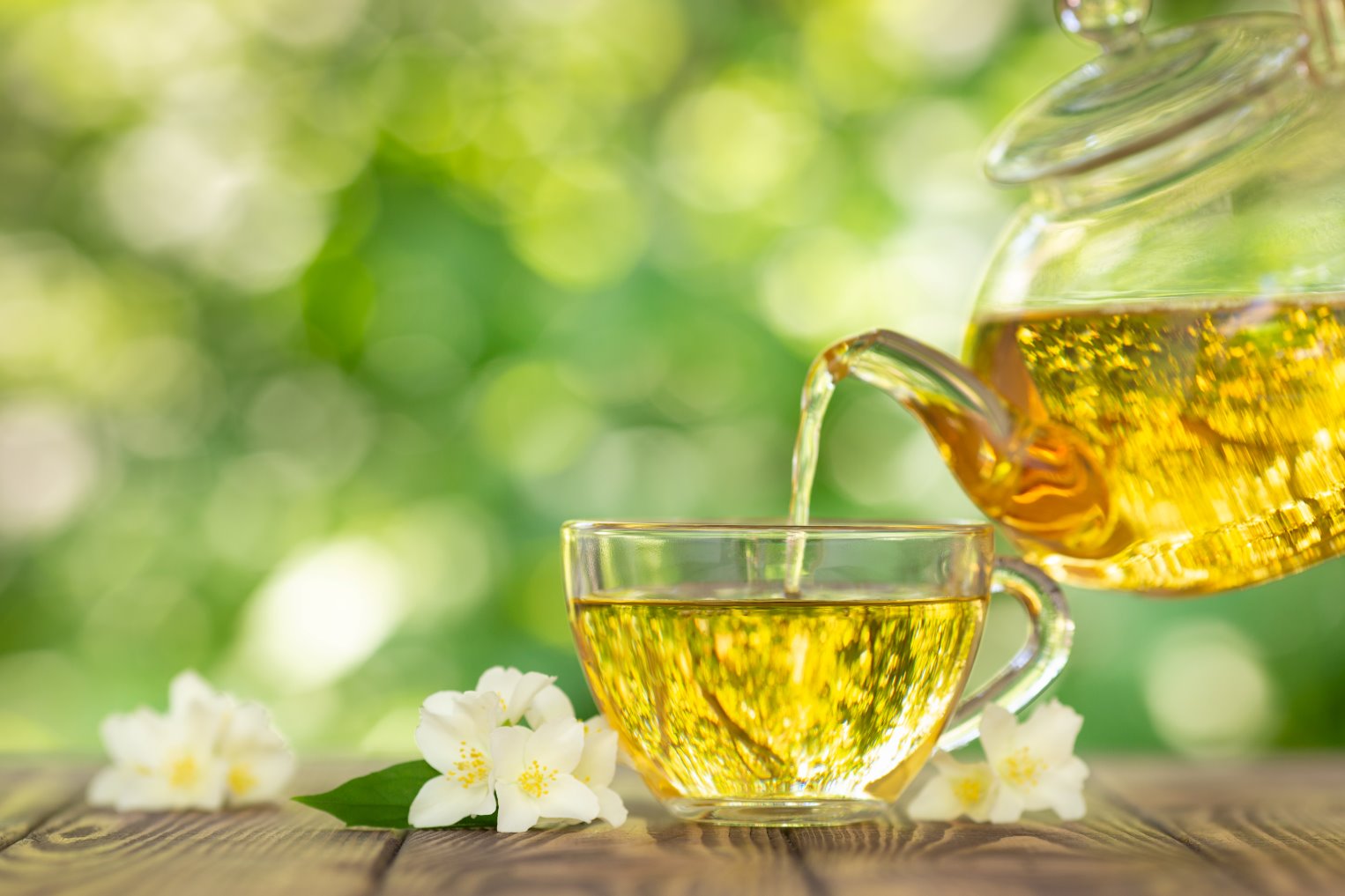
Japanese tea from the early modern period to modern times
- Introduction
- Zen Master Ingen who introduced Kamairicha to Japan
- The founder of Sencha, Nagatani Souen
- Kahei Yamamoto, creator of Gyokuro
- The Arrival of the Black Ships and the Beginning of Japanese Tea Exports
- Japanese tea has made its way around the world
- Changes in the Japanese tea industry brought about by modernization
- Contemporary Japanese Tea
Introduction
From the mid-17th century to the 18th century, which corresponds to the Edo period in Japan, Japanese tea underwent a major turning point thanks to three tea masters.

Zen Master Ingen who introduced Kamairicha to Japan
The first person is Zen Master Ingen.
Ingen Zenji was a high priest who traveled from China to Japan and founded the Obaku sect, one of the three major Zen sects in Japan.
In the mid-17th century, as Zen Buddhism in Japan was in a steady decline, he was invited to Japan with the hope of reviving Zen Buddhism.
Ingen Zenji brought more than just the teachings of Zen Buddhism to Japan. He also introduced a wide range of Chinese culture to Japan, including cuisine, architecture, and printing techniques, and had a major impact on Japanese culture.

One of them is "Kamairicha".
When Zen Master Ingen traveled from China to Japan, he brought back Chinese tea seeds and manufacturing methods with him.
The method he introduced was called kamairicha (roasted tea), which is made by roasting in a kettle.
At the time, the only type of tea drunk in Japan was tencha (matcha), a luxury drink only available to the upper classes.
The appearance of kamairicha, which, unlike tencha, can be easily brewed by simply pouring hot water over it, made tea widely known among the common people.
Later, a disciple of Ingen Zenji, Koyugai (also known as Baisao), brought this method of making pan-fried tea to Ureshino in Kyushu, and is said to have laid the foundation for modern-day Ureshino tea.

The founder of Sencha, Nagatani Souen
Next is Nagatani Soen.
Nagatani Soen is known as the man who revolutionized the Japanese tea industry.
In 1738, Nagatani Soen of Uji, Kyoto, succeeded in making sencha tea with a much better taste and aroma than the original using the "Aosei Sencha Seiho" method of steaming new buds, which is similar to the current sencha production method, and spread it throughout the country.
The "Aosei Sencha manufacturing method" involves picking only the new leaves from the tea leaves, steaming them, and then drying them in a roasting oven while kneading them by hand.
Until then, tea was mainly made by steaming or boiling a mixture of new leaves, old leaves, and hardened buds, and then drying them. This method resulted in a dark red color and a rather poor flavor.

Soen invented a new method of making tea by steaming fresh leaves that were free of hard or old leaves, then rolling them by hand and drying them in a roasting oven, which gave the tea leaves a vibrant green color and created a fragrant, flavorful sencha.
This "Aosei Sencha Seiho", which Soen developed over a period of 15 years, dramatically improved the quality of Sencha and became the catalyst for tea to spread among the common people during the Edo period.
Incidentally, this tea developed by Soen was highly praised by Edo tea merchant, Kahei Yamamoto of Yamamotoyama, and since this business deal, Nagatanien and Yamamotoyama have had a long relationship.

Kahei Yamamoto, creator of Gyokuro
Lastly, there is Yamamoto Kahei, the creator of Gyokuro.
In 1835, the 6th generation Kahei Yamamoto perfected the gyokuro production method using "covered cultivation," a method in which the tea plants are grown under cover.
Gyokuro is a type of tea that is known as a particularly high-class product among Japanese teas. It is characterized by a unique, thick, rich sweetness and flavor, and has a unique aroma called 'Usui-gaka'.
Gyokuro tea leaves are grown covered with a shading net for about 20 days before harvest. This shading changes the balance of photosynthesis in the tea leaves, allowing them to store a large amount of theanine, a flavor component.

There is a famous kyoka (traditional Japanese rhyme) that describes the chaos that occurred at the time of Perry's arrival at the end of the Edo period: "The four selected cups of sake awaken my slumber of peace, leaving me unable to sleep at night." In fact, gyokuro contains about eight times the caffeine of regular sencha.
This is because the shading treatment of under-cover cultivation allows the tea leaves to accumulate more caffeine.
As described above, the Edo period was a time when kamairicha, sencha, and gyokuro were born and became popular among the common people, rapidly spreading awareness of tea and making tea more familiar to the general public. 
The Arrival of the Black Ships and the Beginning of Japanese Tea Exports
With the arrival of Perry in 1853, Japan ended its isolation and began trading with Western countries.
With the signing of the Ansei Five-Nation Treaty in 1858, Japanese tea became an export item and was sent out to the world market.
This marked a major turning point for Japanese tea as it began to take flight around the world. 
Japanese tea has made its way around the world
In 1853, a shocking event occurred for Japan: the arrival of Commodore Perry of the United States East India Squadron.
As a result, in 1858, Japan signed treaties of amity and commerce with the United States, Great Britain, and other countries, and declared its ports open to the public. As a result, tea became one of the export items.
This was the first step towards a major turning point for Japanese tea to enter the world.

Changes in the Japanese tea industry brought about by modernization
As competition in the global market intensified, Japanese tea production was forced to undergo drastic reform.
It became urgent to shift from the traditional small-scale production system in each region to a large-scale, efficient production system.
The Meiji government set the promotion of the tea industry as a policy goal and focused on promoting exports.
In the late Meiji period, the volume of Japanese tea exports grew to exceed 60% of domestic production. To meet this sudden increase in demand, the mechanization of tea manufacturing processes was promoted.

The rough rolling machine developed by inventor Kenzo Takabayashi greatly improved the efficiency of the traditional hand-rolling manufacturing process, accelerating the modernization of the Japanese tea industry.
There was also a lot of breeding improvement.
Developed by Shizuoka tea entrepreneur Hikosaburo Sugiyama, Yabukita is still one of Japan's leading tea varieties today due to its high quality and ease of cultivation.

Contemporary Japanese Tea
During the period of rapid economic growth, domestic consumption of Japanese tea increased, and at the same time exports to overseas countries also expanded.
However, in recent years, while domestic green tea consumption has been on the decline, exports to overseas markets have been on the rise.
According to statistics for 2022, Japan's domestic production is 77,200 tons, imports are 3,088 tons, and exports are 6,263 tons.
Japanese tea has established its position as a beloved beverage not only in Japan but all over the world.


